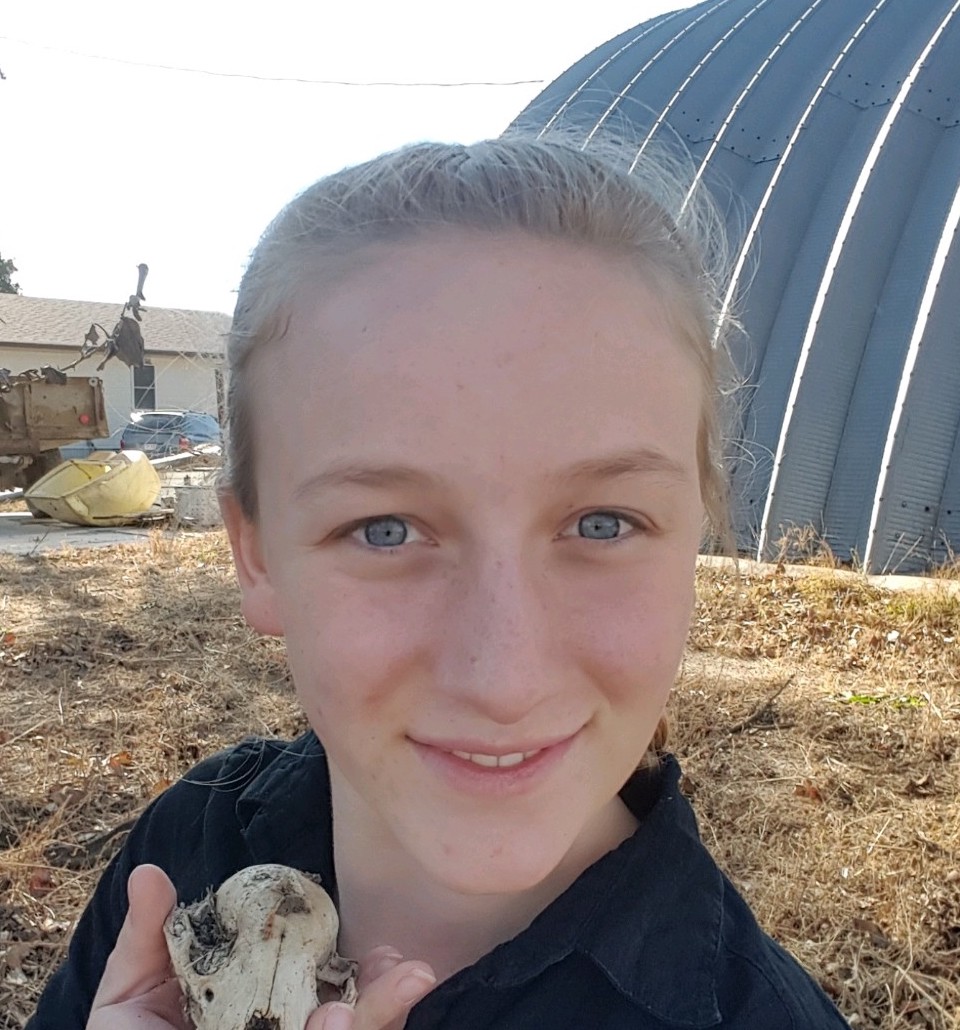Below is a summary of the abstract you submitted. Presenting author(s) is shown in bold.
If any changes need to be made, you can modify the abstract or change the authors.
You can also download a .docx version of this abstract.
If there are any problems, please email Dan at dar78@pitt.edu and he'll take care of them!
This abstract was last modified on April 30, 2019 at 6:04 p.m..

The Gordonia phage JasperJr was isolated from a soil sample near the Pearson Scholarship Hall on the campus of the University of Kansas in the fall of 2018. Plaque morphology indicated that JasperJr is a temperate phage, and this was confirmed by making a JasperJr lysogen strain of Gordonia terrae in 2019. Sequence analysis revealed that JasperJr is a member of cluster CV. The CV Cluster is mostly composed of temperate phages, however, 8 different phams classified as immunity repressors have been found in the 29 CV cluster phages. This raised the question of whether CV phages should be clustered based only upon whole genome sequence similarity or whether CV should be subclustered based upon immunity. We therefore obtained additional CV phages, made lysogens of the CV phage Carol Ann and the CY phage Pollux, and tested immunity of these lysogens to a host of different temperate and lytic phages. Interestingly, CV cluster phages have been shown to possess genes similar in structure to those coding for prophage-mediated defense systems in N cluster mycobacteriophages. Though the functions of these CV cluster genes are poorly understood, their study may provide valuable insight into phage defense systems. Thus targeting CV cluster phages for isolation would be a convenient way to find additional genes for study. Using Phamerator, we found 4 genes that are highly enriched in CV cluster phages and not found in other clusters. We designed PCR primers to amplify regions between genes 12 and 13 and between genes 26 and 27 from JasperJr (and related phages). We found that these primer sets efficiently amplified CV cluster phages but not phages from a variety of other clusters. We could identify CV phages from a mixed phage sample having 10<sup>5</sup> excess of non-CV phages. We are attempting to develop a protocol to use PCR to identify CV phages in enriched soil samples without filtering the enrichment, thereby saving time and money. Finally, we were interested in identifying the JasperJr proteins that were included in the infectious phage particles. We expected capsid, connector and tail proteins, but hoped to identify if any of the proteins with unknown functions were also included. Ultimately, we had hoped to use mass spectrometry, but were unable to get that far this semester. We did, however, make a large volume of JasperJr high titer lysate that we purified through a cesium chloride ultracentrifuge gradient to obtain a pure phage sample. We used polyacrylamide gel electrophoresis to separate phage proteins and visualized them using Coomassie and silver staining techniques.


